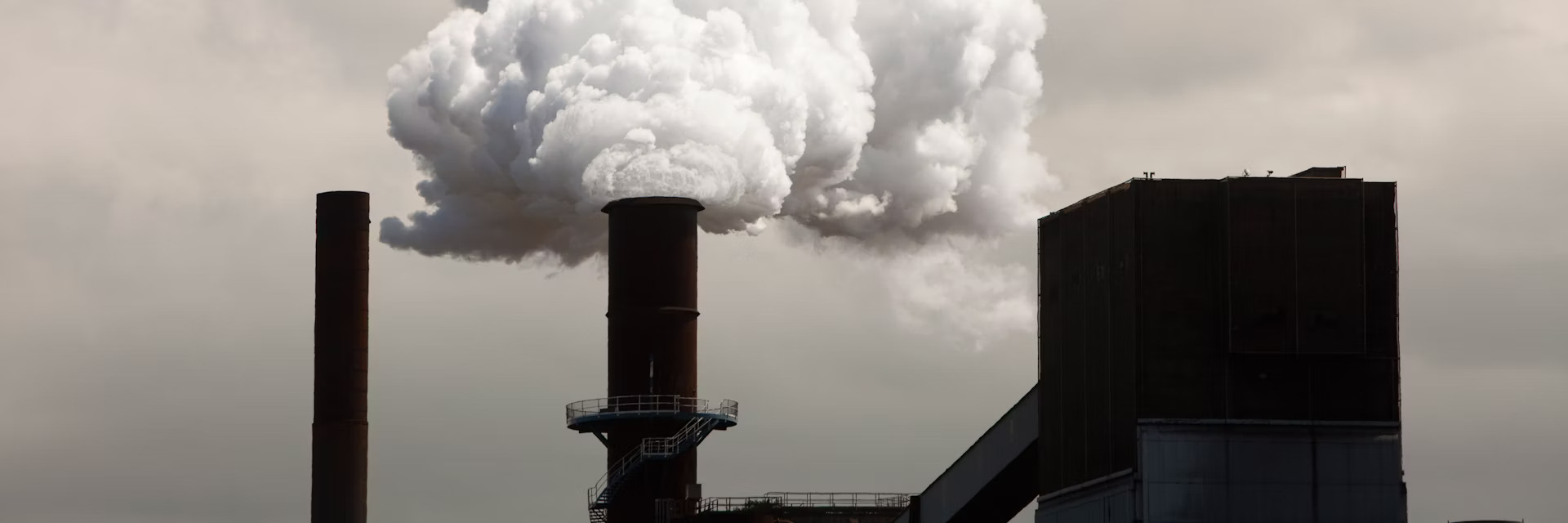To cut emissions fast, the Australian government will have to dial back its command-and-control approach - and put a price on carbon.
Australia has announced a new emissions reduction target of 62–70% by 2035, which requires a major acceleration from the current pace. However, the government's current command-and-control approach, which includes underwriting renewable projects through the Capacity Investment Scheme and regulating industry via the Safeguard Mechanism, is considered inefficient and insufficient to meet this goal. These policies place a large financial burden on the public purse and are proceeding too slowly to trigger the necessary step change.
The article argues that the most efficient solution is to reintroduce a carbon price, a mechanism that successfully reduced emissions during its brief implementation in 2012. A carbon price would unlock private sector investment by creating a market incentive to shift funds into clean alternatives, a process that is currently stalled. The funds raised could also strengthen the budget and be used to compensate consumers, addressing the political challenge of rising costs.
Overcoming the political paralysis stemming from the previous carbon tax's repeal is identified as the major hurdle. The government is urged to judge what is possible today rather than being constrained by past turmoil. Implementing a carbon price is presented as the only way to achieve rapid emissions reductions, potentially as high as 75%, while also improving budget positions and productivity by replacing expensive and arbitrary current measures.


